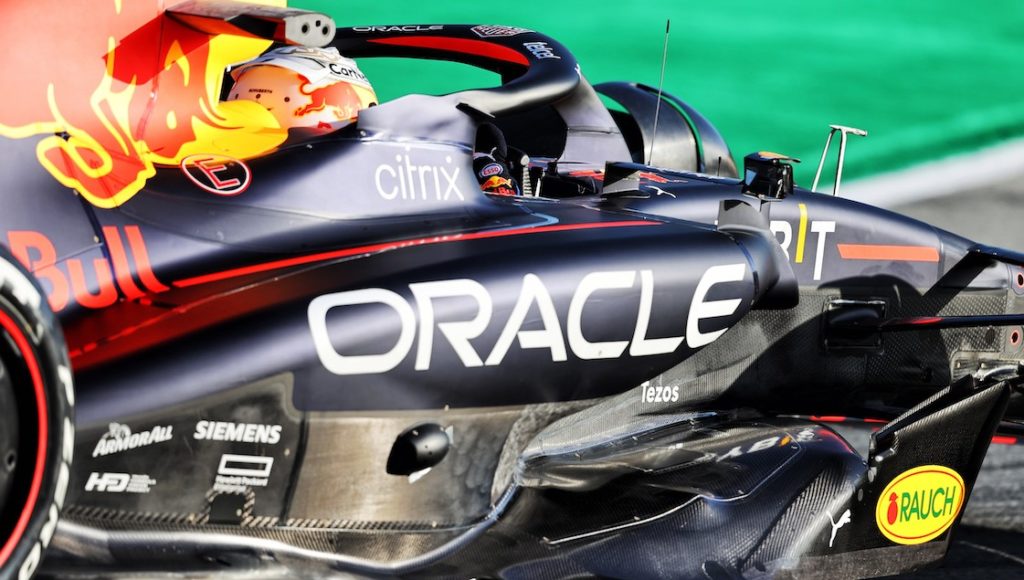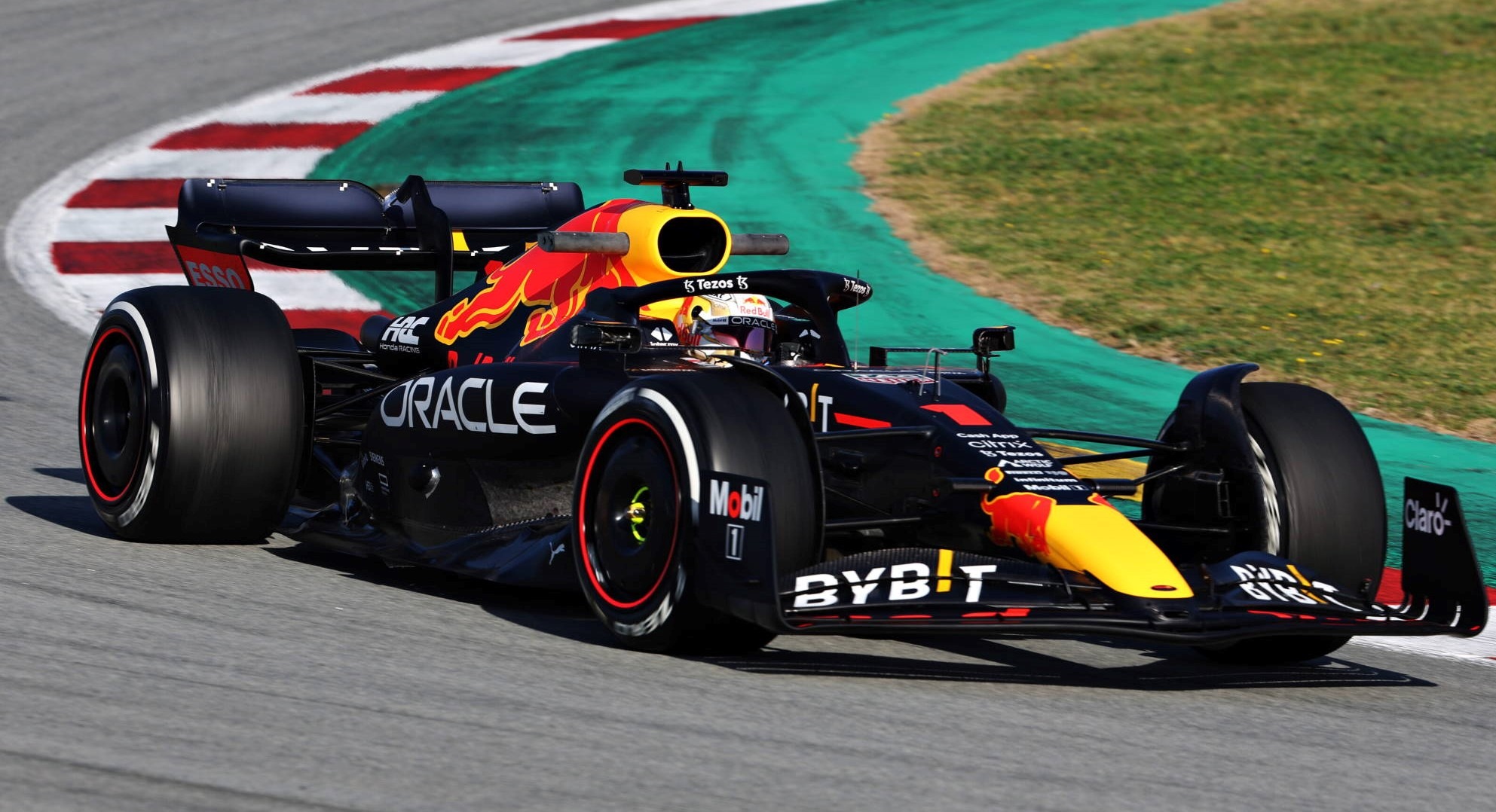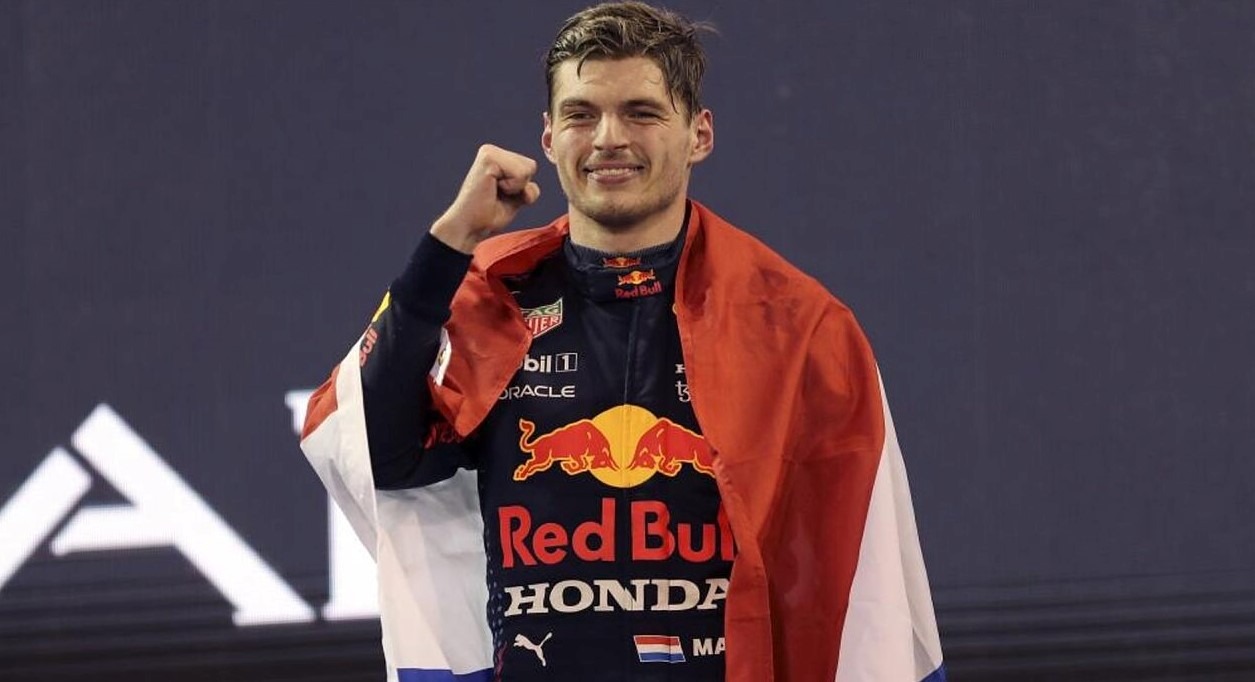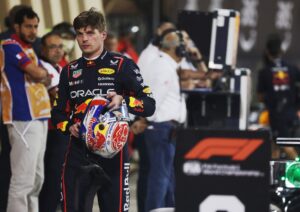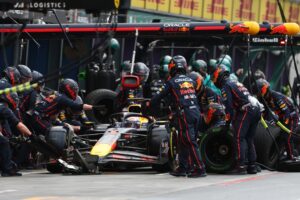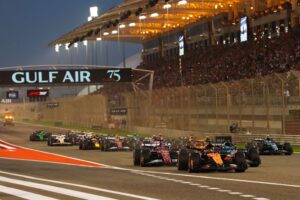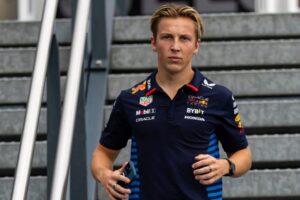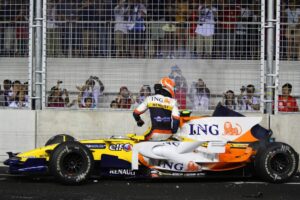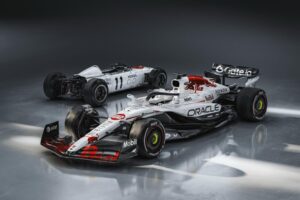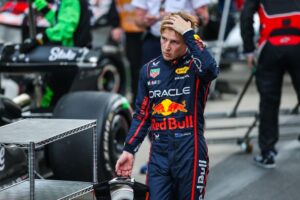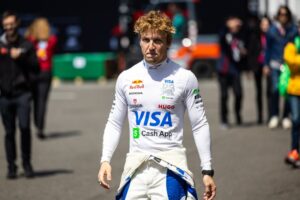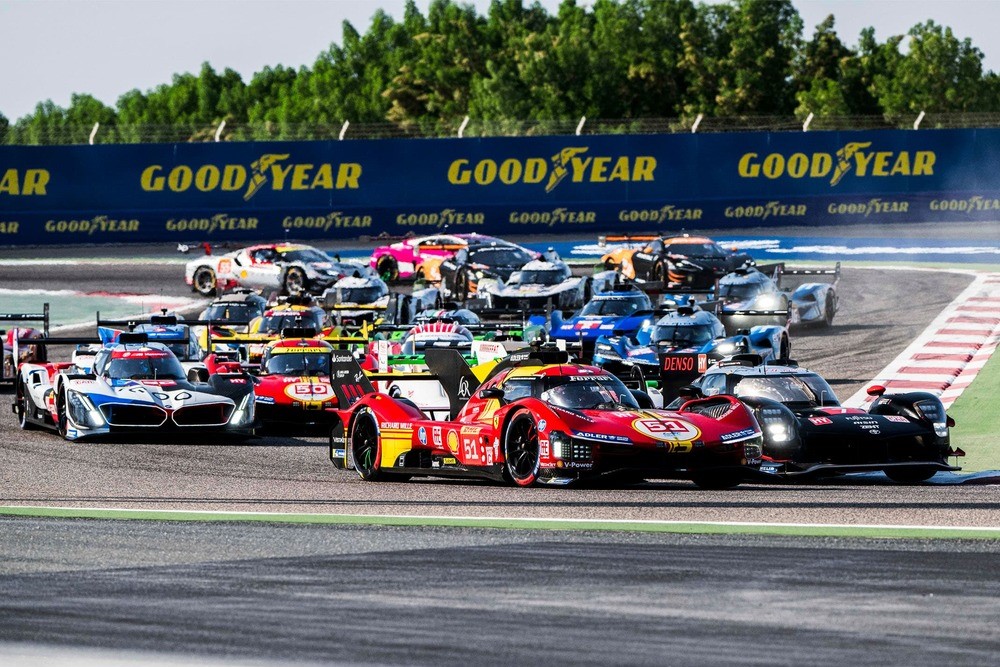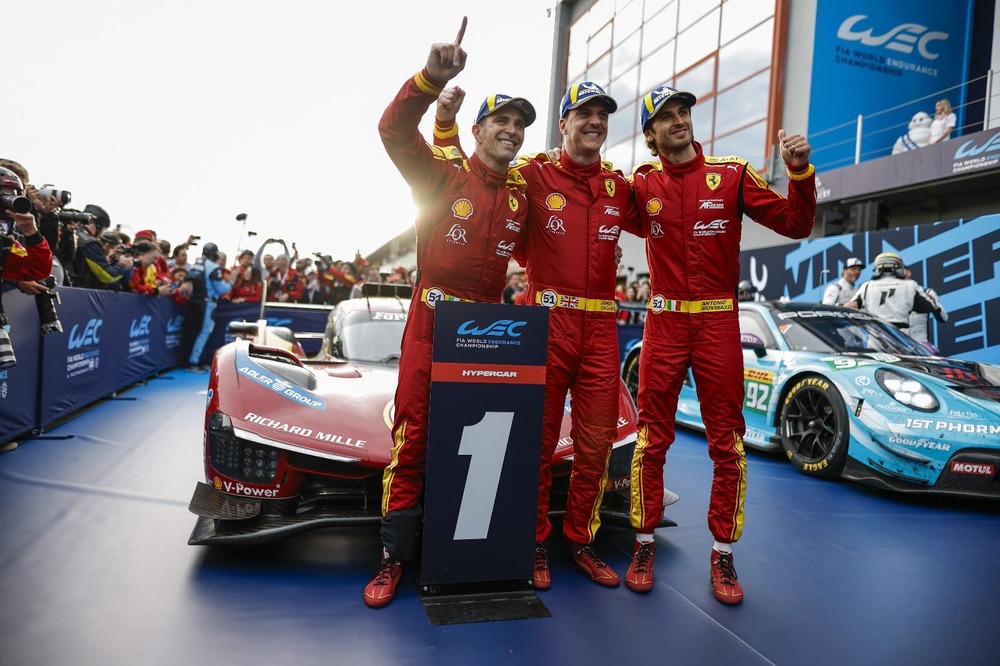Mercedes technical director Mike Elliott admits that the radical-looking sculpted Red Bull sidepods on Red Bull’s RB18 merit attention.
After seeing the cars in action in pre-season testing in Barcelona, Mercedes technical director Mike Elliott hinted that the team will “think” about how the radical-looking Red Bull sidepods work.
The RB18’s sidepods, which are slightly elevated and undercut and appear to have allowed more room underneath for air to circulate, raised eyebrows earlier this week for how different they look compared to other cars in the field.
F1 teams had little time in Barcelona to evaluate their rivals’ designs and developments since they had so many programs to run and analyze during the first week of pre-season testing.
Mercedes was no exception, with its crews completely focused on the development of its W13, which set the fastest time at the Circuit de Catalunya with Lewis Hamilton and George Russell in the driver’s seat.
However, Elliott agreed that the RB18’s shapes drew his attention. Red Bull’s chief designer, Adrian Newey is renowned for making extraordinary aerodynamic designs as the team’s previous designs have been no strangers to technical innovation and trying something new, and the current set of restrictions appear to have showed Red Bull taking a different approach than the rest of the grid.
“To be perfectly honest, I have not spent an awful lot of time looking at the other cars,” said the Mercedes tech boss, Mike Elliot.
“We have just been trying to fix our own issues… The guys in the factory are doing more of that.”
“The most visual different thing is the sidepod that Red Bull have come up with. [It] looks interesting… we will go away and have a think about that.”
F1’s new regulations have sparked a slew of design ideas and interpretations. In terms of sidepod design, there is a distinct contrast between several teams.
Elliott described why Mercedes chose a narrower sidepod solution and the criteria that guided his technical department’s work in this area.
“I guess there are different concepts,” Elliott continued. “In terms of what is happening with these regulations, we completely change the way of managing the wheel wake.
“That was done to make it better for overtaking, that we couldn’t over-optimise and control the tyre flows, and then for that to break down behind another car.”
“And different teams have taken different approaches to that: some teams have gone for these big wide bodywork, trying to control the tyre wake that way.”
“We’ve gone for a narrower solution, and we’ve packaged the car to be able to do that.”
The return of porpoising has been the talk of the week after the first three days of pre-season testing in Barcelona. This was after some cars were spotted with with ground effect aerodynamics forcing the cars to bounce in motion as the downforce generated dragged the cars back towards the asphalt as they went over bumps.
Drivers have expressed their dissatisfaction with the bumpy ride they are experiencing, and the teams are working to find a solution as quickly as possible.
For the time being, McLaren is assumed to have broken the code, and Elliott believes the problem has occurred “all over the grid,” with everyone seeking for their own solution.
“It’s a problem we’re all facing,” Elliott said to the official Formula 1 YouTube channel.
“The reality is we’ve just got to learn as quickly as we can. We’re doing as much testing as we can here [in Barcelona], and we’ll do a lot of simulation work back at the factory.
“It will be about how we either solve that, or how we deal with it and mitigate it in the first races.”
Teams will start their pre-season preparations next week in Bahrain, where everyone is anticipated to field revised designs, after rolling out and getting acquainted with their cars in Barcelona.

